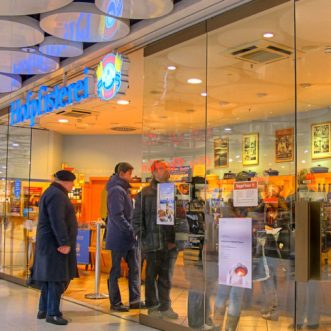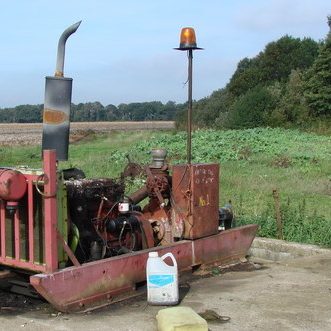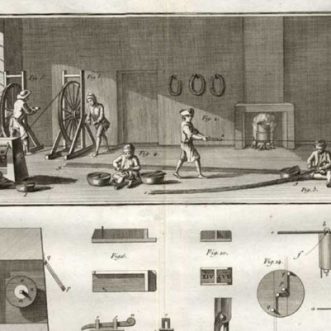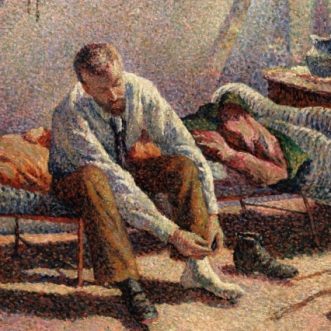May 21, 2020
It’s said that the best way to learn is to teach.
I’ve had a couple of conversations recently that have got me thinking about this. The first was around training people remotely, the other was about franchising.
I think it’s true.
The thing about teaching is that your students don’t know what you know.
They aren’t in your head, and they haven’t been working next to you for the last umpteen years. In terms of your business, your unique system for making and keeping promises, they know nothing.
That means they ask stupid questions: “What’s one of those?” Why do we use that?” “Why do we do it that way?” “What if we did that instead”.
Good students point out contradictions, anomalies, blind spots. Things you should have seen, but have never had time to look at. things you never imagined could be done, that come naturally to them. This can feel threatening, but really what’s happening is that the value is passing both ways. They learn from you, you learn from them. A better business results.
Having to explain something forces us to think about it. Teaching forces us to make habits explicit, to surface reasoning that we just take for granted, to make our assumptions visible. It forces us to write down our score, so someone else can learn to play it. Writing it down allows it to be questioned, validated, improved, until suddenly we are no longer the only people who know how it goes. Even better, new people take our score and riff on it in new and exciting ways.
You don’t need new students to do this. You already have them working with you in your business.
Teach them, then let them teach you back.









